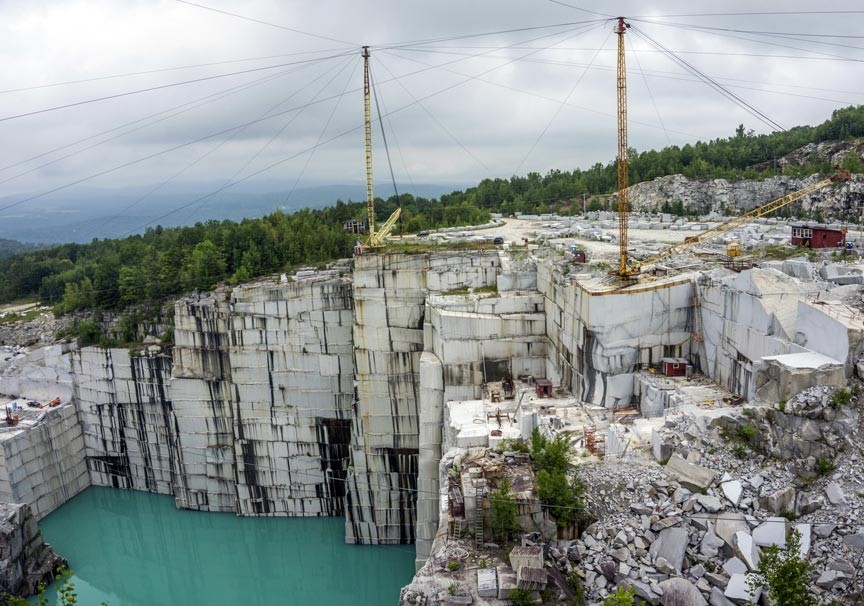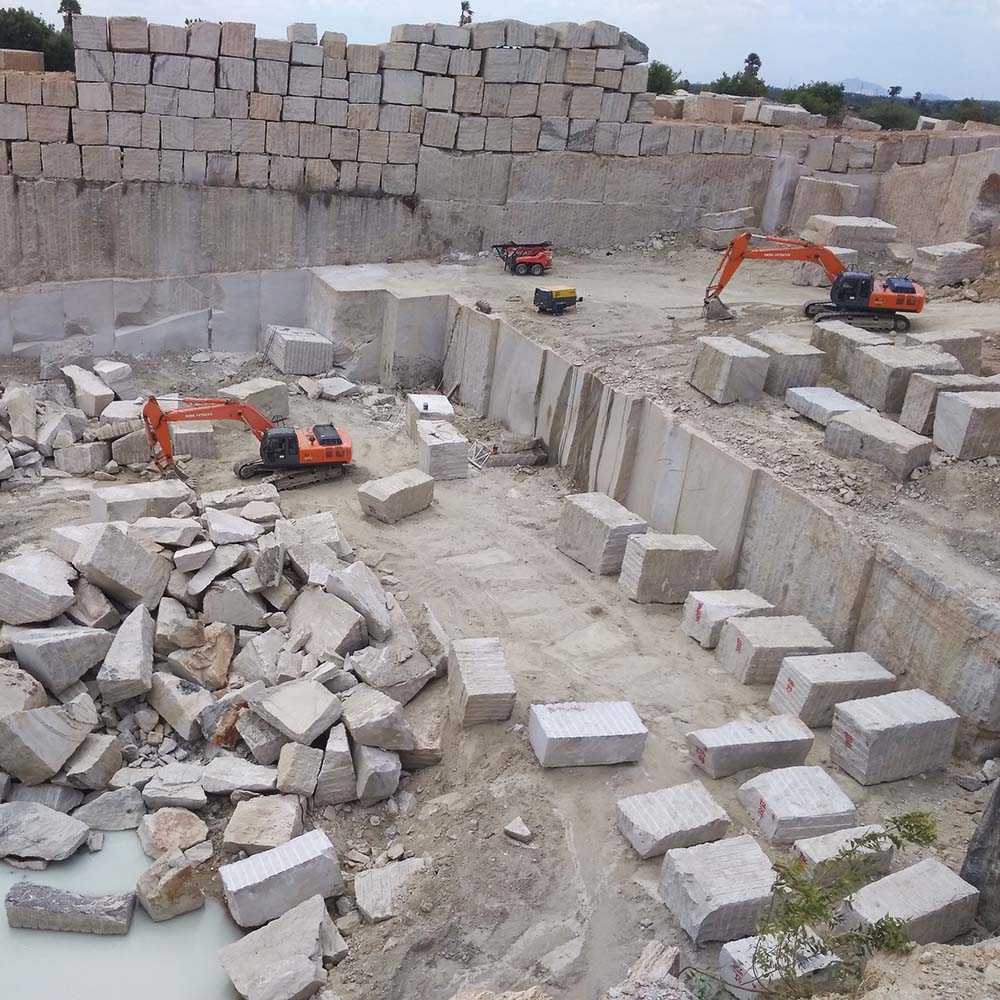Diving right into of Granite Quarries in South Africa
Diving right into of Granite Quarries in South Africa
Blog Article
Introducing the Mysteries of Granite Quarrying: Where Toughness and Elegance Meet
The world of granite quarrying is a realm where the raw strength of nature merges with human creativity to develop structures that stand the examination of time with an air of elegance. From the depths of quarries to the meticulous sprucing up in workshops, the procedure of changing granite right into architectural wonders is an intricate dancing of practice and technology. As we peer right into the depths of this old craft, we begin to discover the hidden ins and outs that shape the extremely significance of our built environment.
The Origins of Granite Quarrying
In the record of architectural history, the origins of granite quarrying are shrouded in a tapestry of ancient craftsmanship and geological wonders. Dating back to ancient Egypt and Mesopotamia, the removal of granite from quarries marked the beginning of a trip that would at some point lead to the development of a few of the globe's most famous frameworks.
Granite quarrying's origins can be mapped to the skilled artisans that identified the stone's sturdiness and visual appeal. Through a combination of primitive tools and sheer determination, these early quarry employees discovered granite blocks that would certainly end up being the foundation of human beings.
As human beings developed, so did the strategies of quarrying granite. The Romans, renowned for their engineering expertise, created advanced methods for drawing out granite to build monoliths, holy places, and roads that stood the test of time.
The heritage of these ancient quarrying practices remains to form modern architecture, with granite remaining an icon of strength and elegance in building projects around the globe. (granite quarries in south africa)
Tools of the Quarrying Trade
The development of granite quarrying techniques from ancient civilizations to contemporary times highlights the vital function played by the devices of the quarrying profession in shaping the market's practices. In old times, quarrying tools were fundamental, often consisting of chisels, hammers, and wedges made from products like bronze or iron. These tools needed considerable workforce and time to remove granite blocks from quarries.

In addition, the introduction of pneumatically-driven tools and high-powered equipment has actually substantially minimized the physical labor called for in quarrying operations, site link enhancing worker safety and security and performance. As the quarrying market remains to innovate, the tools of the profession stay at the leading edge of driving progression and forming the future of granite extraction.
Extracting Blocks of Granite
Utilizing precision equipment and advanced a knockout post methods, the extraction of granite obstructs from quarries has become an innovative process in the modern-day quarrying industry. The first step entails determining the area and dimension of the granite deposit to establish the most efficient extraction technique. When an ideal site is selected, the extraction procedure begins with the exploration of holes for the positioning of explosives. Managed blasting techniques are after that utilized to disintegrate the granite into workable areas.

Polishing and Finishing Techniques
To accomplish a perfect surface on granite blocks, proficient artisans use a collection of careful polishing and completing techniques. After the initial removal and forming procedures, the granite obstructs undergo an extensive polishing stage to boost their natural appeal and sturdiness. One usual technique utilized in polishing granite is diamond abrasion, where industrial diamonds are used to grind and brighten the rock to a smooth coating. This process not just develops a glossy surface area but likewise makes certain harmony in shade and structure across the granite block.
In addition to sprucing up, ending up techniques are applied to further improve the granite's look. By carefully choosing and applying these brightening and finishing methods, artisans can transform raw granite obstructs right into charming pieces that showcase both toughness and elegance.

Environmental Influence and Sustainability
With the growing emphasis on environmental consciousness in the market, granite quarrying methods are significantly looked at for their influence on natural sources and lasting sustainability. Quarrying for granite can have considerable environmental implications. The removal procedure usually entails using heavy equipment, dynamites, and large amounts of water, causing environment destruction, soil erosion, and water air pollution. In addition, the transportation of granite from quarries to refining facilities generates carbon emissions, further adding discover this info here to environmental degradation. granite quarries in south africa.
To alleviate these effects and guarantee sustainability in granite quarrying, sector stakeholders are embracing different procedures. Applying advanced innovations to decrease power usage and water usage, recovering quarried land for environmental repair, and promoting liable sourcing techniques are some methods being utilized. Accreditations such as the Woodland Stewardship Council (FSC) and the Management in Power and Environmental Layout (LEED) aid customers determine environmentally pleasant granite items.
Conclusion
Finally, granite quarrying is a procedure that needs specialized devices and techniques to remove blocks of granite and brighten them to a high level of coating. While the ecological influence of quarrying can be considerable, efforts are being made to improve sustainability methods in the market. In general, granite quarrying is a delicate balance in between harnessing the strength and sophistication of this natural stone while decreasing its effect on the atmosphere.
Report this page